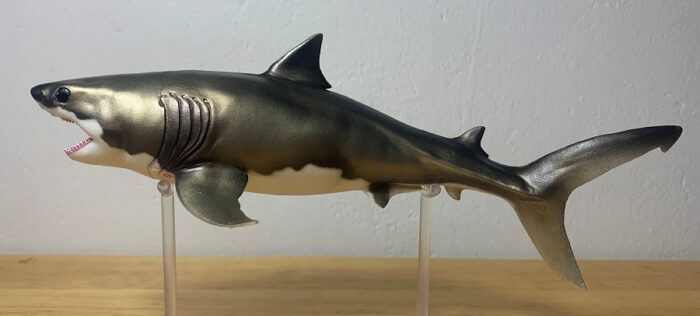Jaws author Peter Benchley once stated in an interview that “every young man in the world is fascinated with either sharks or dinosaurs”. With that in mind, you would think that the sharks that lived alongside the dinosaurs would be doubly fascinating.
Type: Figurine
Review: Tarbosaurus (Soft Model 2020 by Favorite Co. Ltd.)
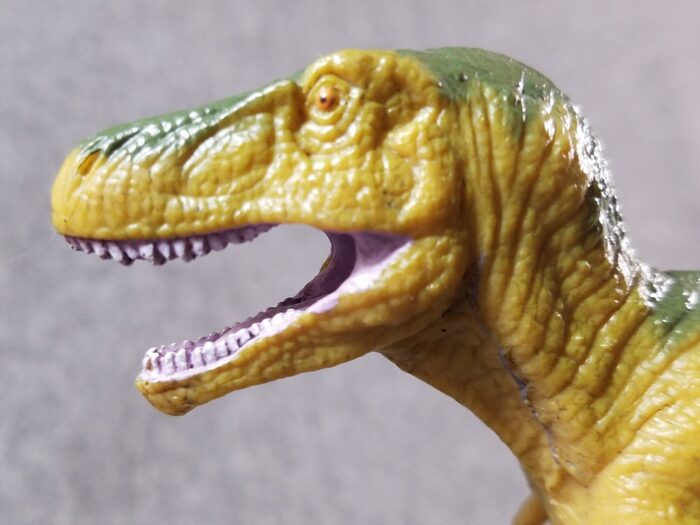
Although the “Asian Tyrannosaurus” doesn’t enjoy the same fame as its close American relative, Tarbosaurus bataar has gained a little notoriety for itself in recent years; it’s one of few dinosaurs to receive the (dubious) honor of starring in at least one feature film of its own, and a few toy companies have also begun giving Tarbosaurus attention.
Review: Styracosaurus (Happinet)

Ceratopsians are a fascinating group. Their bodies aren’t very diverse, but the skull work is incredible. And one of the greats when it comes to that is Styracosaurus, with it’s spiked frill giving it a fearsome appearance (even if the frill itself offered little protection due to the holes, but I won’t tell the predators if you won’t).
Review: Brachiosaurus (Jurassic Era, Volcanic Lost World)
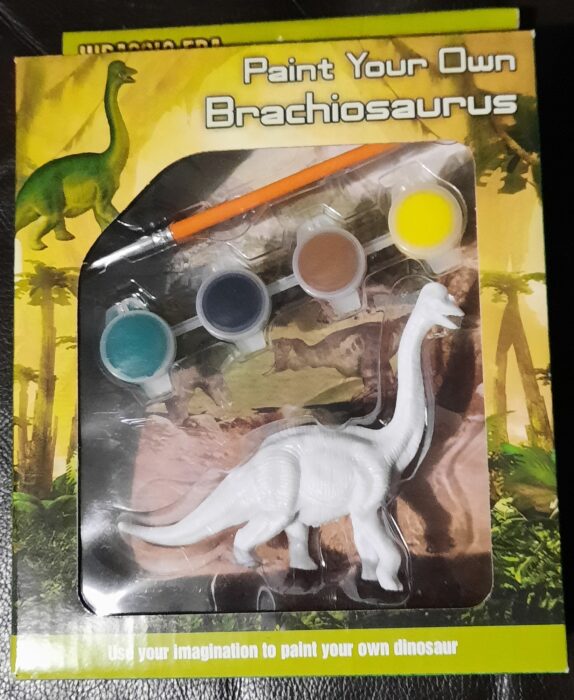
There are a lot of paint-your-own models out there, from the modern to the mythical and they can be a lot of fun. There a lot of ones for dinosaurs, so I thought I would review one. As opposed to other models I’ve reviewed, there is no building involved, so you can just pick up and go.
Review: Black Tyrannosaurus (Dinosaur King by Sega)
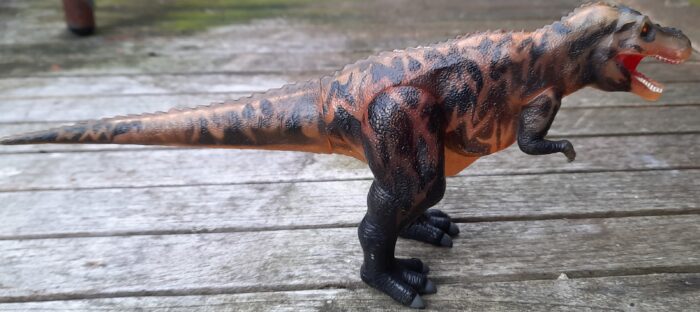
The idea of genetically altering creatures for ulterior motives is a common thing in various stories, usually resulting in some big bad creature that our heroes must defeat. Dino media is no exception to this, and here we look at a model of one Tyrannosaurus that ended up bigger and stronger than others in it’s series: the Black T.Rex from Dinosaur King.
Review: Olorotitan (PNSO)
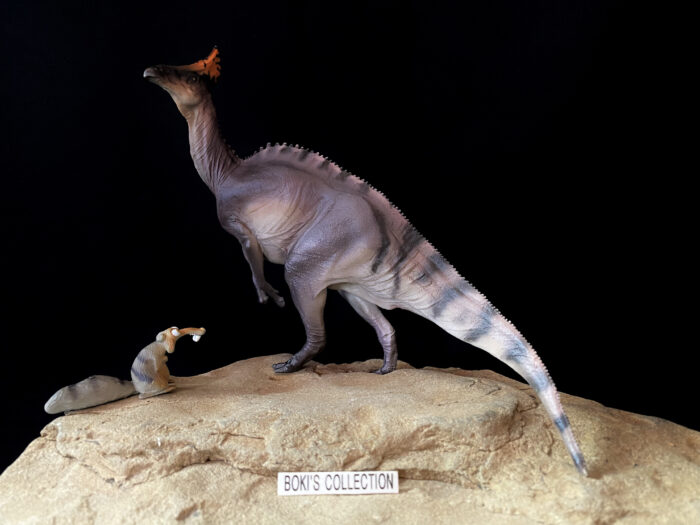
Olorotitan arharensis meaning “Titanic/Giant Swan” was a genus of lambeosaurine hadrosaur from the Late Cretaceous of what we know today as the Far Eastern region of Russia.CollectA first introduced this hadrosaur to the toy world way back more than a decade ago when they were still known as Procon.
Review: Flexiraptor/Pengana (Lost Kingdoms Series A by Yowie)
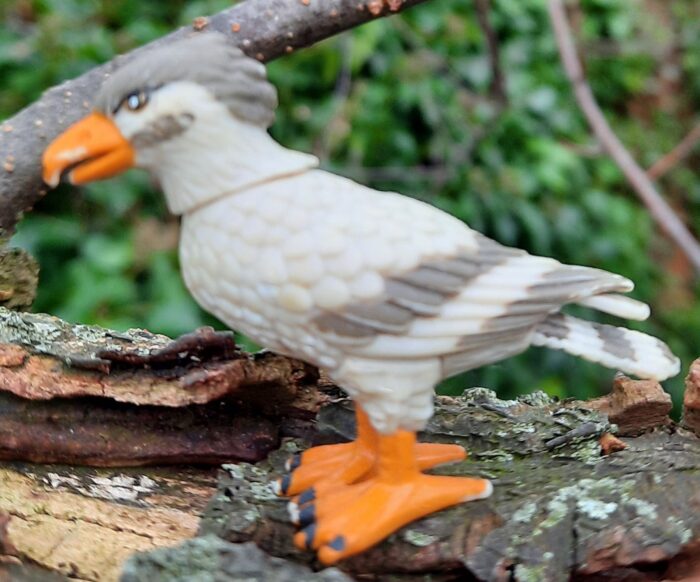
The Riversliegh formation in Queensland is a heritage site for good reason, it gives us a fascinating glimpse into the ancient past of Australia, full of magnificent marsupials and brilliant birds, plus a bunch of bats! The fossils show how Australia once was, full of rainforests and the animals inhabiting the area are amazing.
Review: Xenoceratops (Age of the Dinosaurs by PNSO)
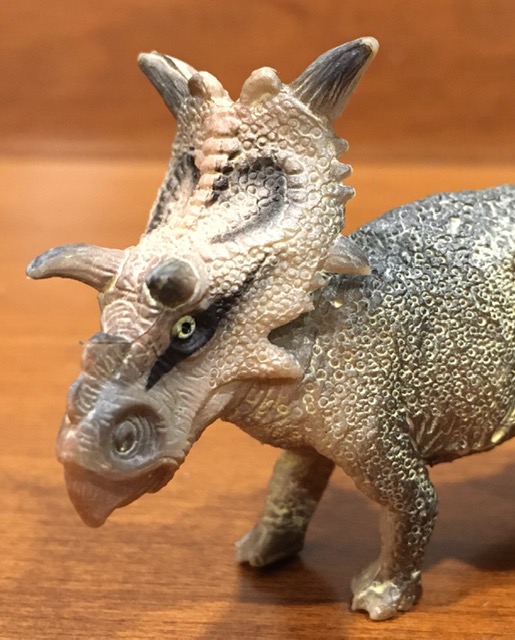
Xenoceratops, the “alien horned face,” is one of the oldest known ceratopsids and currently the only one to have been discovered in the Foremost Formation of Alberta, Canada. Its name derives from from that distinctness that its as opposed to the striking arrangement of horns on its skull.
Review: Helicoprion (Unknown)
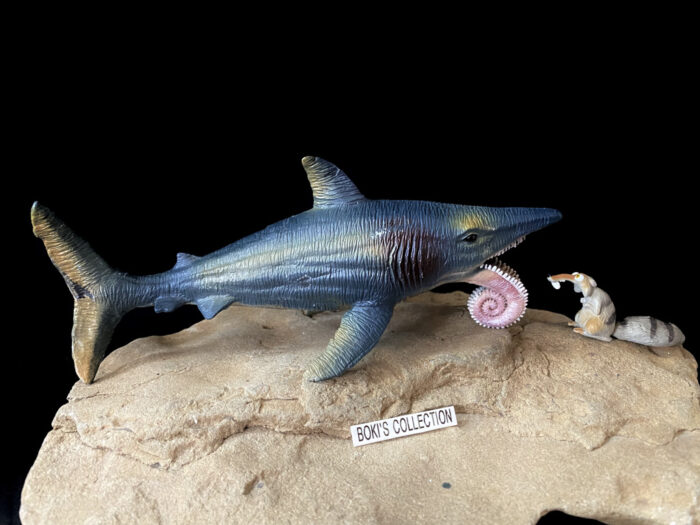
In today’s global internet market, searching for a particular figure could prove daunting and often overwhelming especially if information about that particular item is scarce. Online site such as ebay, Aliexpress, and even Amazon are like the vast abyss with thousands of items flooding our senses.This figure we are reviewing today is a gem that I was not really looking for but came up as an amazon suggestion based on my “searches”.
Review: Diplodocus (Soft Model by Favorite Co. Ltd.)
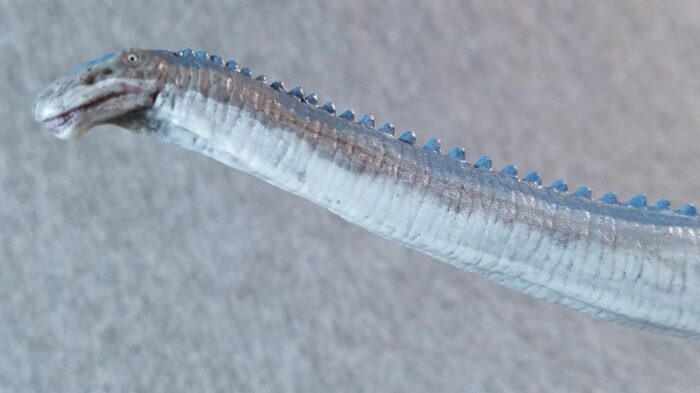
What is possibly the largest Dinosaur in the Soft Model line to date strides in with the 2020 Favorite lineup; how big and how accurate is it really?
Sauropods remain among the most iconic dinosaur groups; their sheer size, long necks, and often longer tails distinguish them from all other dinosaurs, as well as any extant animals.
Review: Majungasaurus (DinoWaurs Survival)

Review and photos by Charles Peckham, edited by Suspsy
I’m still rather unclear on how DinoWaurs worked. It was distributed by One2Play, a South African organization that may or may not still exist. I was under the impression that they were simply for collecting before I started researching this review, but there seems to be a game that goes along with it.
Review: Parasaurolophus (UKRD)
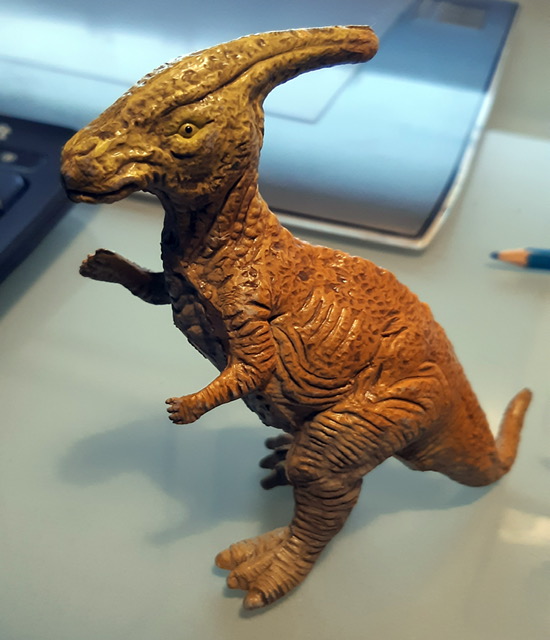
Review and photographs by Funk, edited by Suspsy
There are still plenty of UKRD toys from the 1990s left to review, so next in line is the mid-size Parasaurolophus from 1992. Due to its distinctive crest, Parasaurolophus is probably the most familiar hadrosaur, and therefore has a lot of toys to its name.

